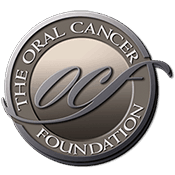New blood test capable of detecting multiple types of cancer
Source: www.sciencedaily.com Author: Materials provided by Dana-Farber Cancer Institute. A new blood test in development has shown ability to screen for numerous types of cancer with a high degree of accuracy, a trial of the test shows. Dana-Farber Cancer Institute investigators will present the results of the multi-center trial during a session today at the European Society for Medical Oncology (ESMO) 2019 Congress. The test, developed by GRAIL, Inc., uses next-generation sequencing technology to probe DNA for tiny chemical tags (methylation) that influence whether genes are active or inactive. When applied to nearly 3,600 blood samples -- some from patients with cancer, some from people who had not been diagnosed with cancer at the time of the blood draw -- the test successfully picked up a cancer signal from the cancer patient samples, and correctly identified the tissue from where the cancer began (the tissue of origin). The test's specificity -- its ability to return a positive result only when cancer is actually present -- was high, as was its ability to pinpoint the organ or tissue of origin, researchers found. The new test looks for DNA, which cancer cells shed into the bloodstream when they die. In contrast to "liquid biopsies," which detect genetic mutations or other cancer-related alterations in DNA, the technology focuses on modifications to DNA known as methyl groups. Methyl groups are chemical units that can be attached to DNA, in a process called methylation, to control which genes are "on" and which are "off." Abnormal [...]
